Once upon a time the development and real estate industries relied heavily on 2d imagery, photographs and physical inspections. Virtual reality and graphic imagery was mostly spoken about in tech blogs and their optimistic pieces about where the future was headed.
While not all companies on a global scale utilise the new technology available, no one can deny that the future is here. The pipe dreams and fantasies of tech-wizards have not only become a reality, but are embedding themselves into development and real estate culture to a point where there is no going back.
Online 3d tours
Online 3D tours have fast become a preferred alternative when it comes to inspecting off-the-plan developments or searching for a potential dream home.
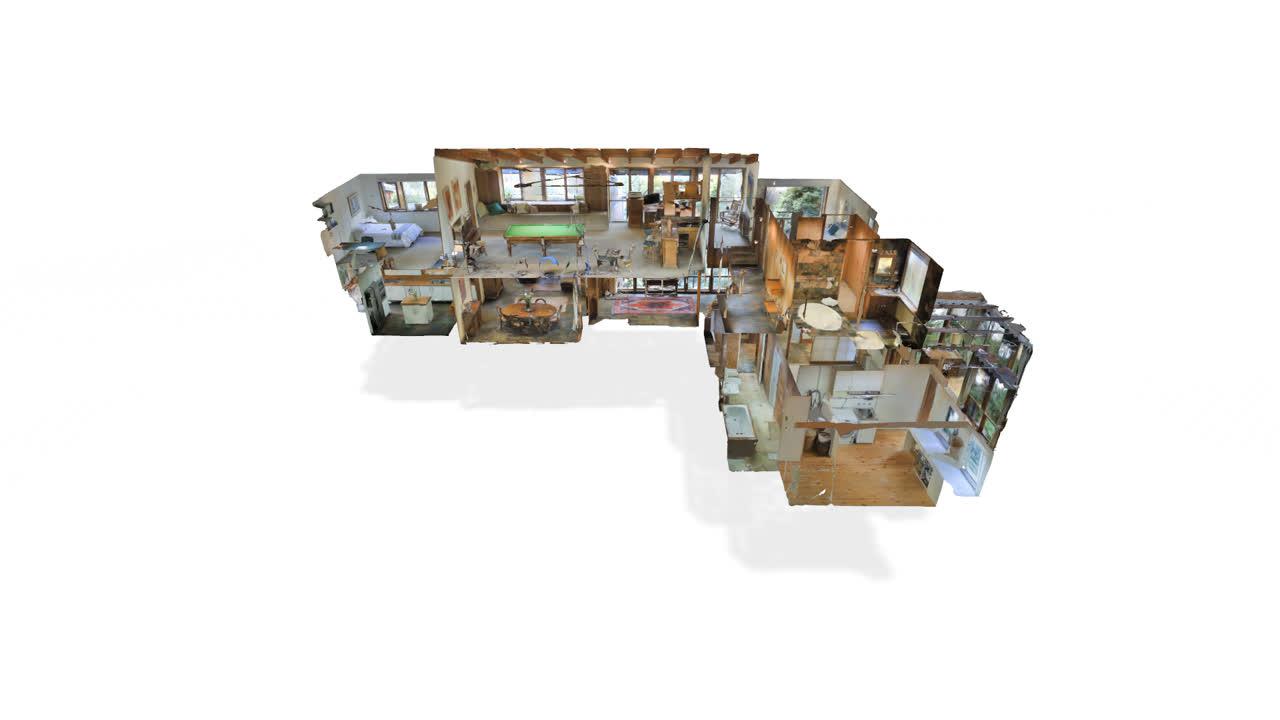
An example of a 3D 'doll house'.
Scanners that use a combination of infrared and photogrammetry build the 3D tours which give home hunters the ability to view a property online. Through three-dimensional renders, a simple drawn floor plan turns into a 3D overhead live floor plan or a ‘doll house’, which gives a detailed overview of the property’s size and shape. This 3D view can also give people a real idea of what a property will look like even before it’s complete.
However, the humble 2D image has not been completely forgotten. Media companies like Scann3d and Matterport capture images of a property’s interior at a first-person view, and then link it all up into a program that would remind you of the street view on Google maps. Technology such as this has become the answer for those who are unable to make it to weekend inspections. The first-person interactivity makes a viewer feel as though they are really walking through a home.
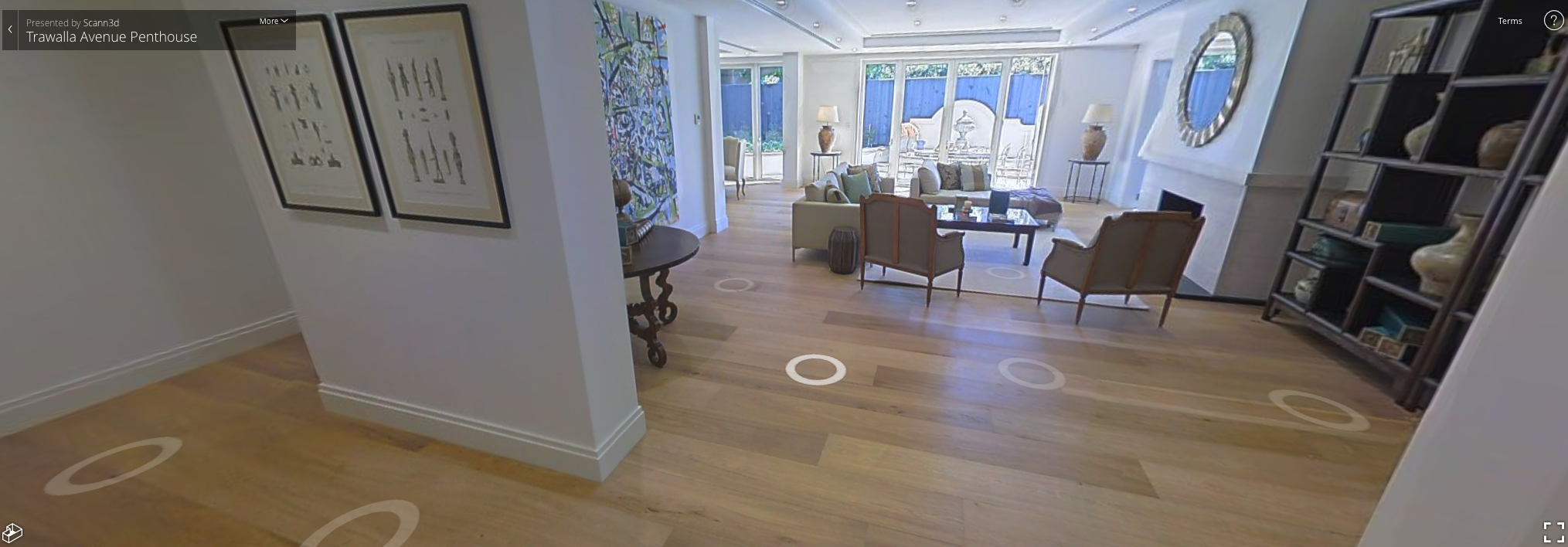
Just like Google maps, this program takes you on a first-person tour of a property without even being there.
Virtual reality
Virtual reality has taken people away from the 3D imagery on their computers and provides a more life-like approach.
The previously mentioned 3D tours combine with a special headset which gives a user the feeling that they are actually walking through the property. The process gives a user a first person perspective and the opportunity to better understand the physical space of a property.
The most common virtual reality 3D tours are downloaded onto a standard smartphone which is then slipped into a Virtual Reality headset. The images move up, down and sideways with the head, blocking out outside sound and light.
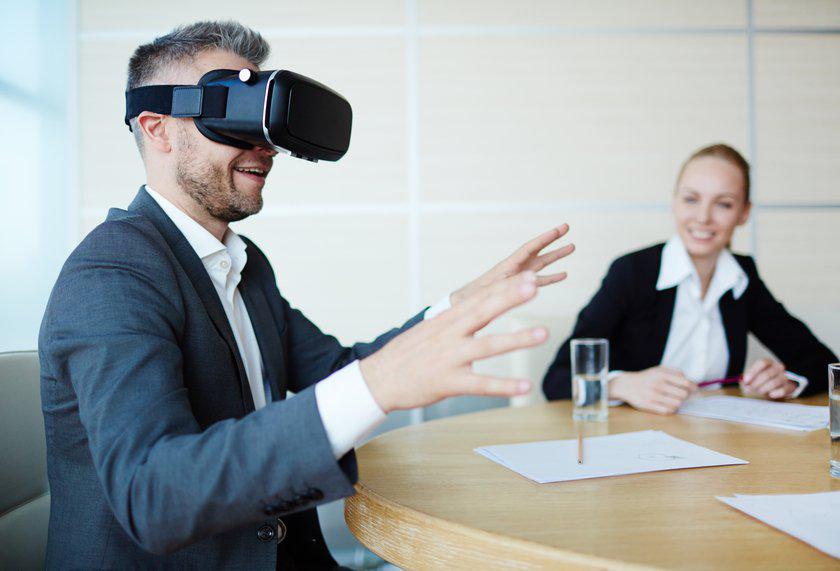
Real estate agencies are using these more and more to show buyers double the amount of properties they would normally see in a day. With travel time no longer a factor, buyers can get a first hand experience of what is on the market without having to leave their chair in the real estate office.
Online/interactive shopping
One of the earliest examples of online interactive shopping was the launch of Target’s short film, ‘Falling for you’; a typical rom-com starring Kristen Bell but with a unique twist. Viewers of the film were given a catalogue which sat as a gallery bar on the side of the screen. If a viewer liked the clothes the actors/characters were wearing or the appliances they were using, he or she could then click the provided thumbnail of the product and purchase it from target’s website.

'Falling for you' was a short film launched in 2012 by Target, allowing viewers to make real-time purchases.
This type of shopping has now become available in the urban development world, where it’s possible to purchase items and materials for home design and renovation by clicking them on a 3D image.
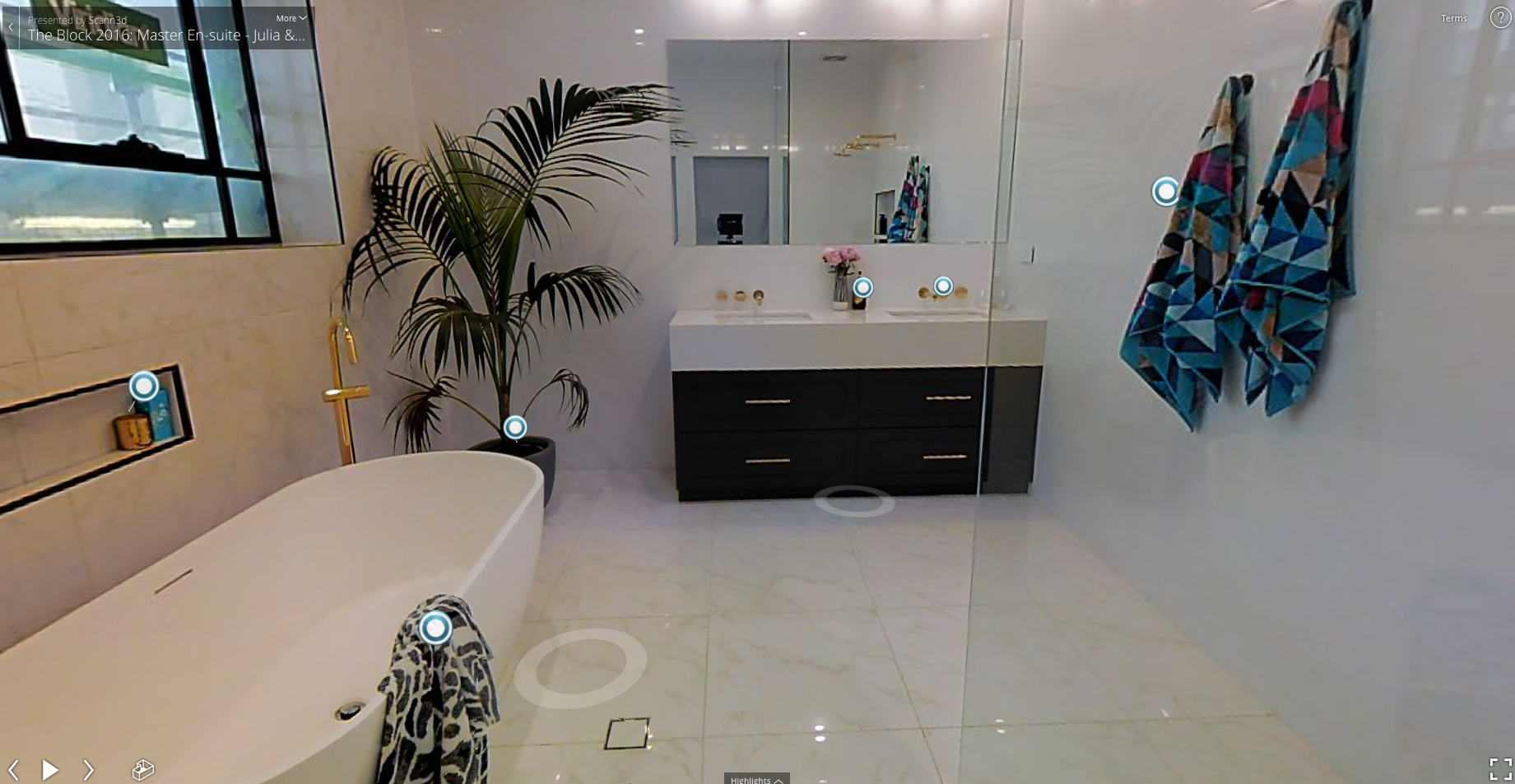
This technology was actually launched in August 2016, when ‘The Block’ partnered with previously mentioned Scann3d and Matterport to develop an interactive experience that allows the show’s viewers to make purchases based on a contestant’s work.
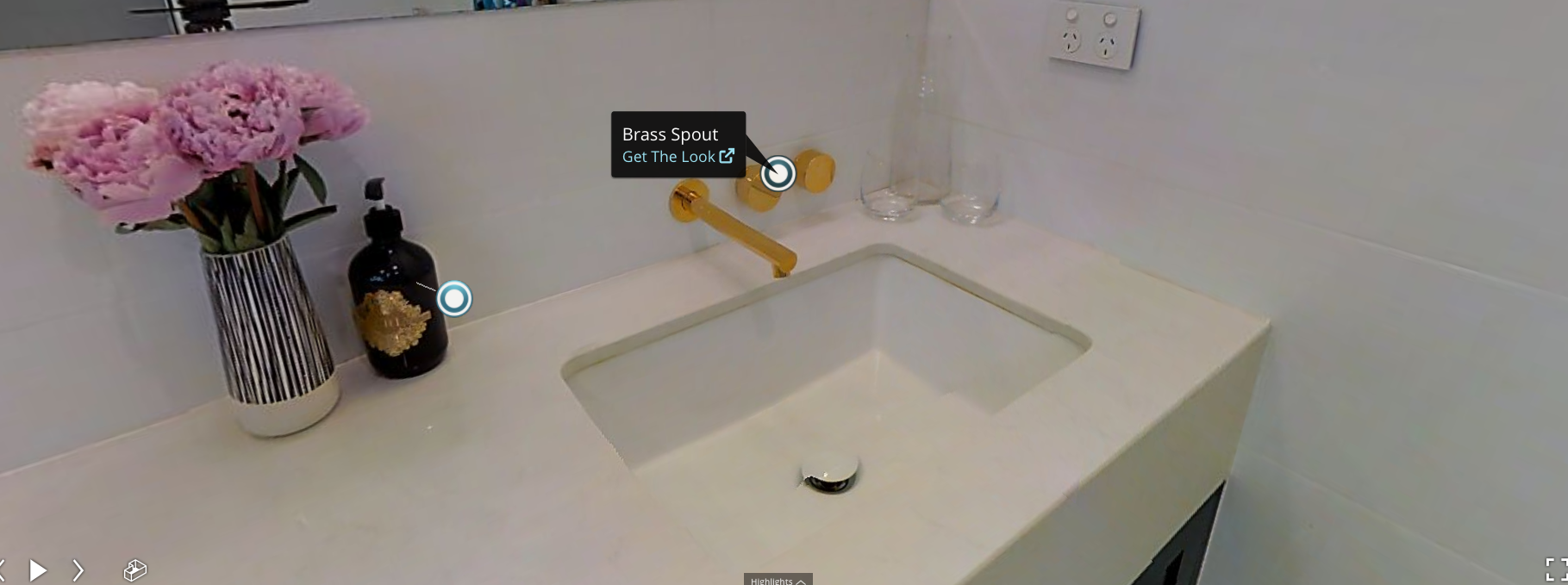
The ‘fourth dimension’ was added to the Block’s online store, ‘the Block Shop’. Fans of the show can go online and explore each room reveal directly from The Block Shop site. It works just like a virtual real estate tour, but items like sinks and spouts, furniture and decorations include links that give users the ability to select products they like and click through to purchase within seconds.
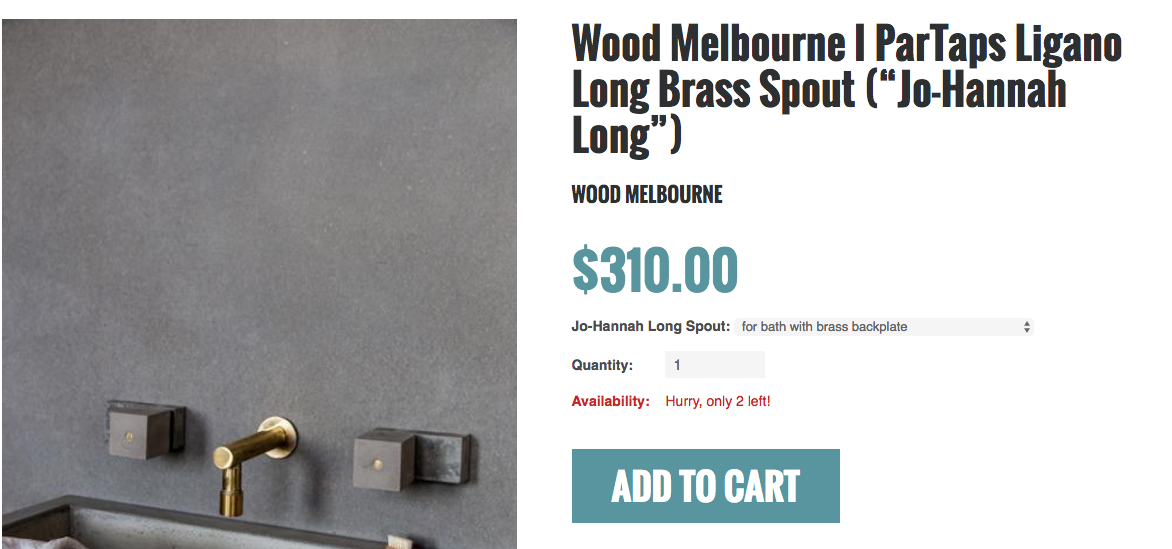
While this technology is currently used for promotional means on a popular television show, there is no telling what applications it may have in the future. It could not only potentially change online shopping, but how we get ideas for interior design and go from inspiration to execution.















